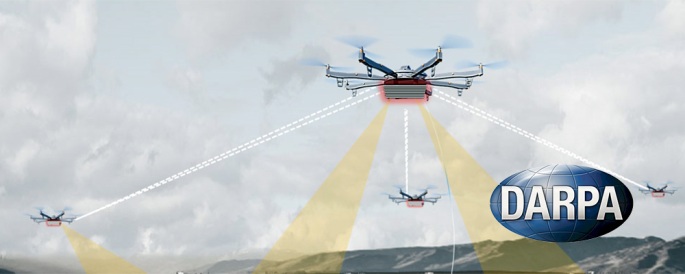Source: YNet News
Confidential documents obtained by Yedioth Ahronoth reveal how Israel’s internal security service operated in the Arab sector for years, in cooperation with the Education Ministry, to remove teachers and principals and thwart the appointments of educators considered hostile to the State of Israel; in many cases, the disqualified teachers were unaware of the real reason for their dismissal.
April 16, 1978. A number of shadowy figures step into Education Minister Zevulun Hammer’s office. Only few people at the ministry know the men are part of Israel’s Shin Bet covert domestic security service, then known simply as “the Service.”
When the door to the office closes shut, the Education Ministry’s director-general and Prime Minister Menachem Begin’s advisor on Arab affairs remain in the room too.
An indication of the confidentiality of the meeting—whose very existence was kept secret until now—can be gleaned from the “Top Secret” heading atop the three-page document disseminated several days later by B., head of the Shin Bet’s Arab affairs division.
This extraordinary document summarizes the contents of that eyes-only meeting. It documents in writing, on official Shin Bet letterhead, agreed-upon fundamentals for the manner in which security oversight will be placed on teachers and principals in the Arab sector, and how Shin Bet operatives will be able to work behind the scenes to remove educators, implement a policy of “reward and punishment” and even be clandestinely involved in tenders for school principal appointments.
For decades, in the early days of the State of Israel, it all sounded like an urban legend; bits and pieces of information making the rounds about Shin Bet involvement in the Arab sector’s education system: anonymous G-men pulling strings to remove Arab teachers and principals considered hostile to the state.
Only in the early 2000s did state officials admit that a senior Education Ministry employee was, in fact, a Shin Bet operative—and a petition was filed with the High Court of Justice to remove him from there.
This particular incident notwithstanding, not much was known of the manner in which the Shin Bet worked covertly within the Arab sector’s education system, and of its involvement in the decision-making process and staffing issues in the sector over many years.
New testimonies and documents uncovered by Yedioth Ahronoth, including top-secret Shin Bet records, shed light on the Israeli intelligence’s wheeling and dealing through the years in Israeli Arab educational institutions and on the manner in which appointments of educators who were suspected to be a security risk to the State of Israel—dubbed “disqualified”—were blocked or terminated, with not only consent but also collaboration from Education Ministry officials.
In fact, the Shin Bet went so far as to appoint or disqualify school principals.
Read More:





















